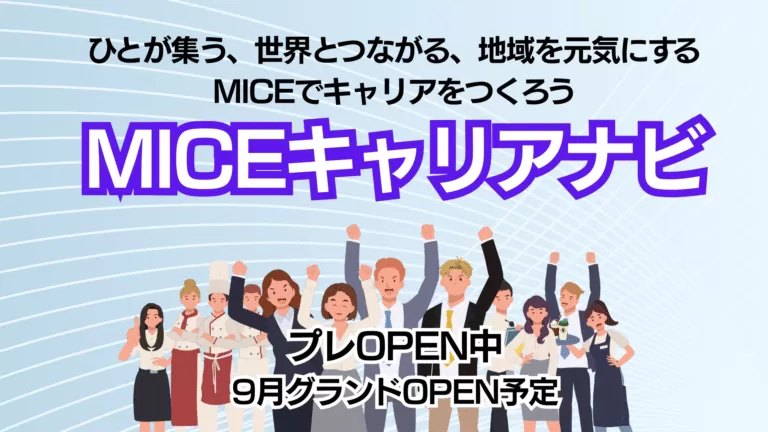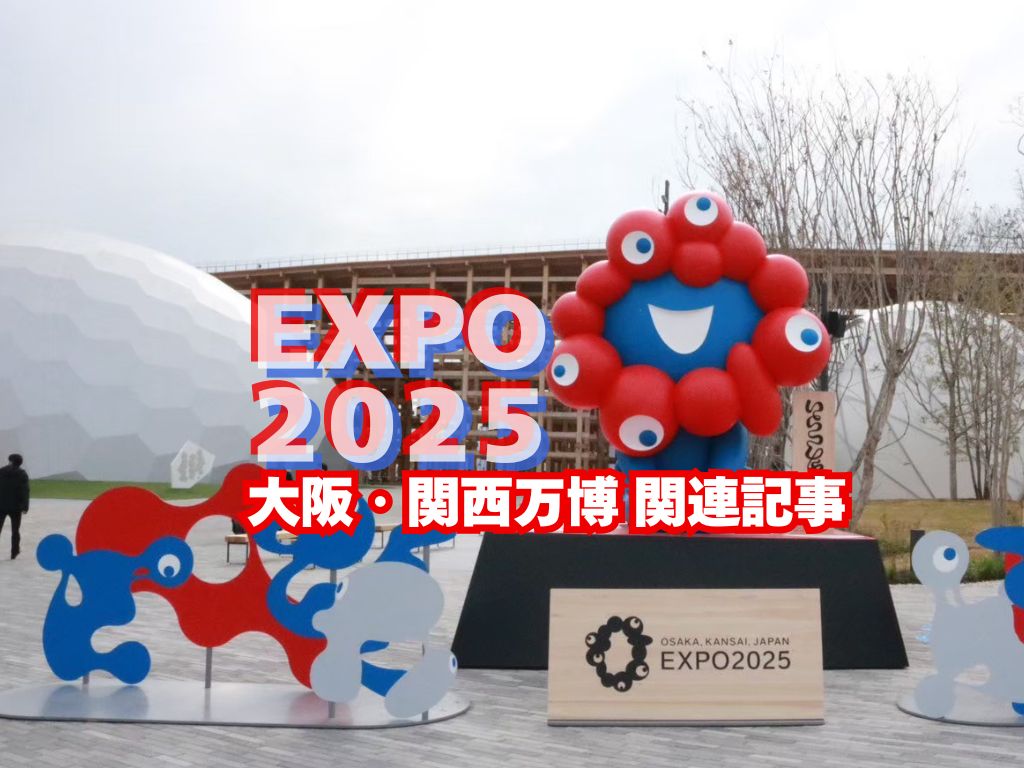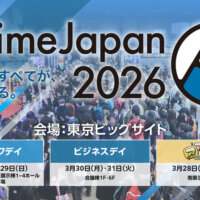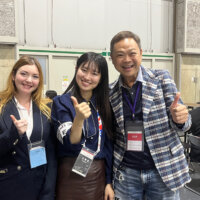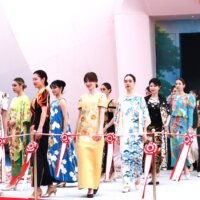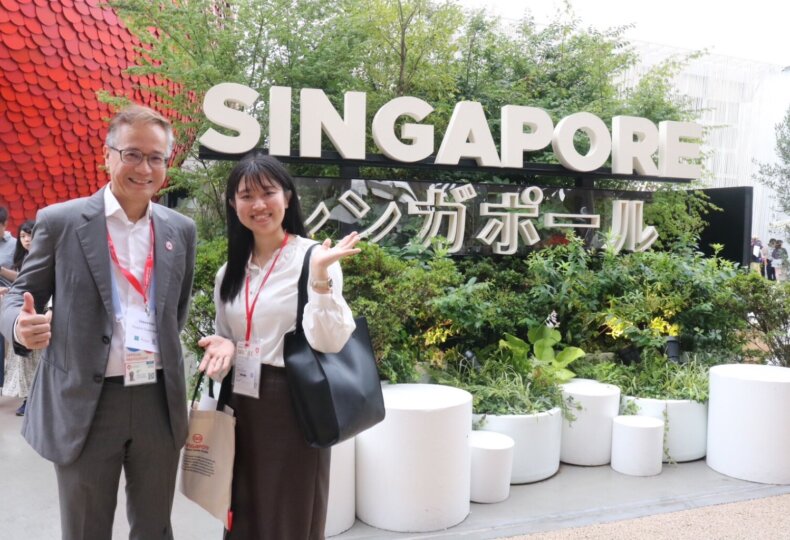
Expo 2025 Report: Why Singapore Is Chosen as a MICE Host City — An Exclusive Interview with Edward Koh at the Singapore Pavilion, Expo 2025 Osaka, Kansai
On June 26, 2025, a business event was held inside the Singapore Pavilion at Expo 2025 Osaka, Kansai, focusing on what makes Singapore a preferred destination for MICE. The Singapore Tourism Board has announced its “Tourism 2040” roadmap, setting a goal to triple tourism receipts from MICE by 2040. How will Singapore advance its MICE strategy to realize this vision? We asked Edward Koh, the leader of Singapore’s MICE portfolio.
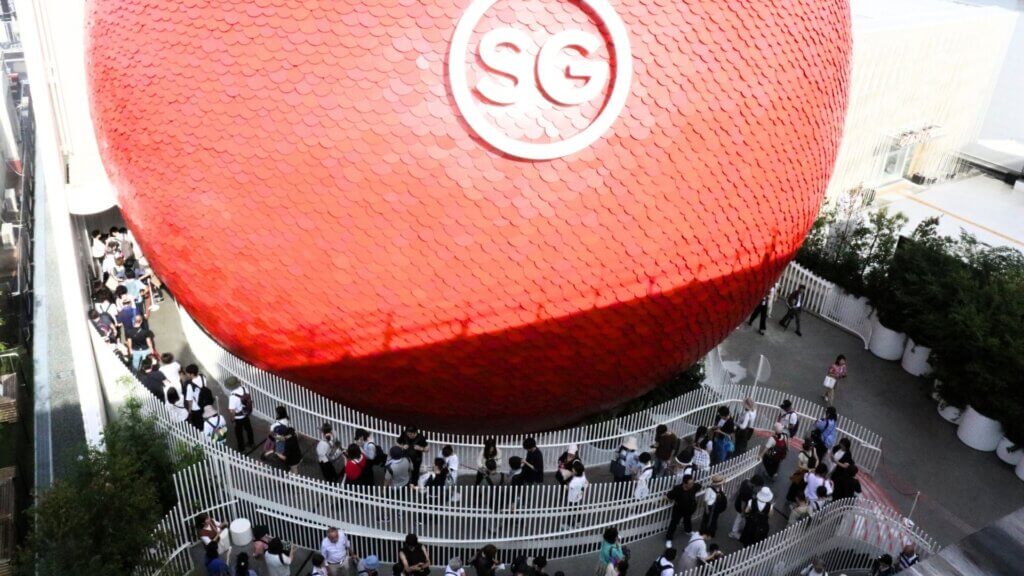
Event Overview: Business Program inside the Singapore Pavilion
Date/Time: Thursday, June 26, 2025, 2:00–5:00 p.m.
Venue: Singapore Pavilion, Expo 2025 Osaka, Kansai
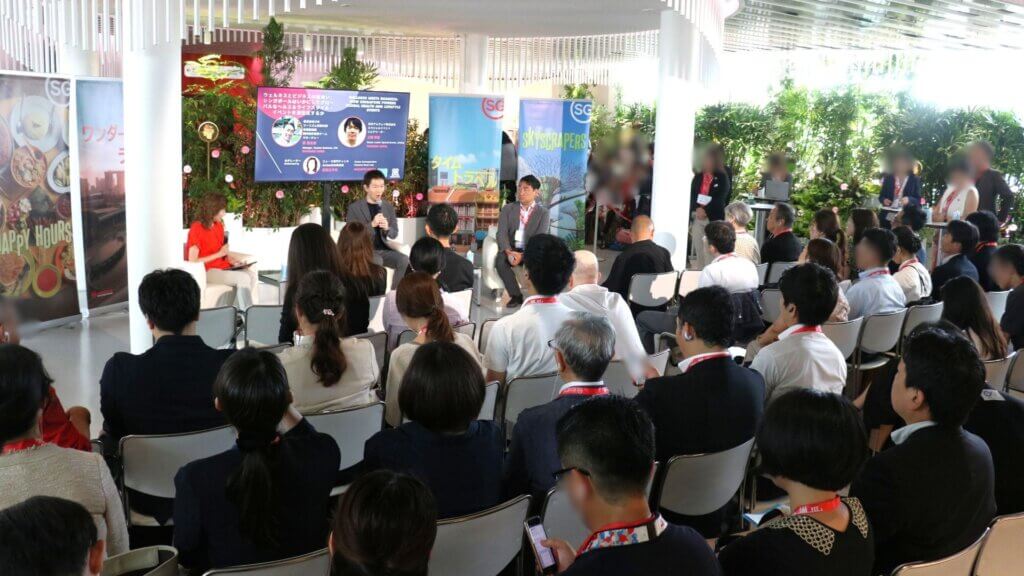
Program
1:30 p.m. Registration opens
2:00–2:05 p.m. Opening remarks
2:05–2:15 p.m. Presentation by the Singapore Tourism Board
2:15–3:05 p.m. Panel Discussion 1 (20–30 minutes)
Panel Discussion 2 (20–30 minutes)
3:05–3:45 p.m. Group photo with panelists and Merli, the Singapore Tourism Board’s official mascot
3:45–5:00 p.m. Guided pavilion tours and networking sessions (in groups)
5:00 p.m. Program ends
Interview with Dr. Edward Koh
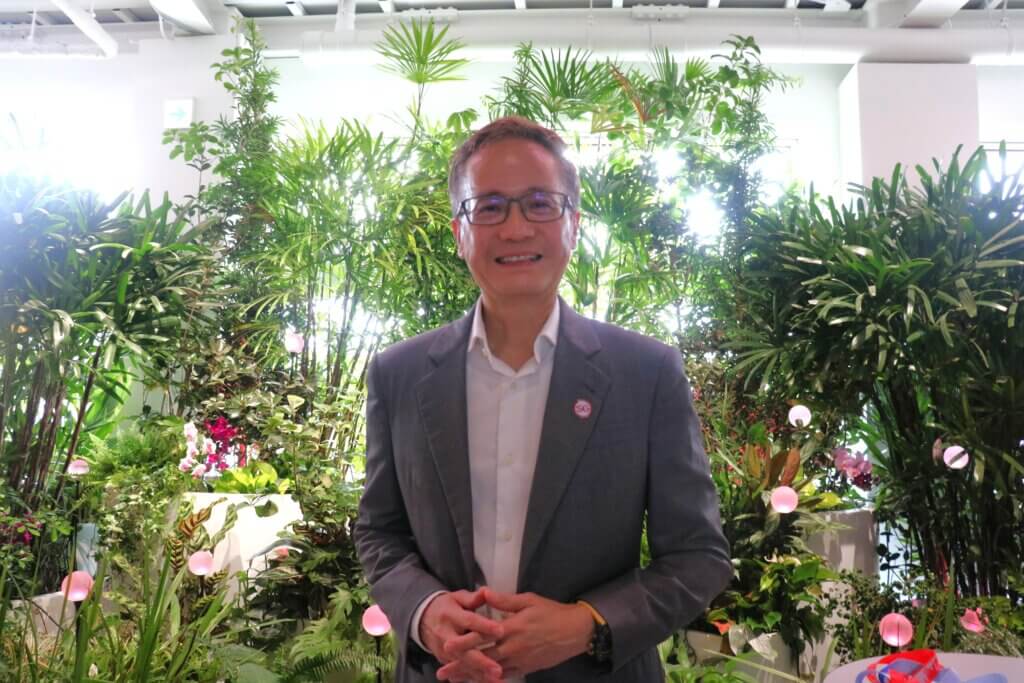
Dr. Edward Koh
At the Singapore Exhibition & Convention Bureau (SECB) under the Singapore Tourism Board, Dr. Edward Koh leads the Conventions, Meetings & Incentive Travel portfolio. He provides strategic counsel on attracting high-quality association congresses and corporate events to maintain and strengthen Singapore’s position as a premier destination for international meetings and conventions. He also oversees initiatives that support the growth of domestic industries, further reinforcing Singapore’s competitiveness as a host for business events.
Tell us about Singapore’s MICE potential.
Using 2019 figures, Singapore’s MICE industry contributed about 1% of GDP, created more than 30,000 jobs, and generated USD 3.8 billion in revenue. The potential is significant.
Japan has many major cities, while Singapore has just one. In ICCA rankings, Japan leads on a country basis; by city, Singapore ranks first. We both have strong programs. Tokyo and Singapore are members of the BestCities Global Alliance, and we share information with each other.
BestCities Global Alliance: Founded in 2000 to expand international conference bids through knowledge- and information-sharing among member cities.
https://bestcities.net/
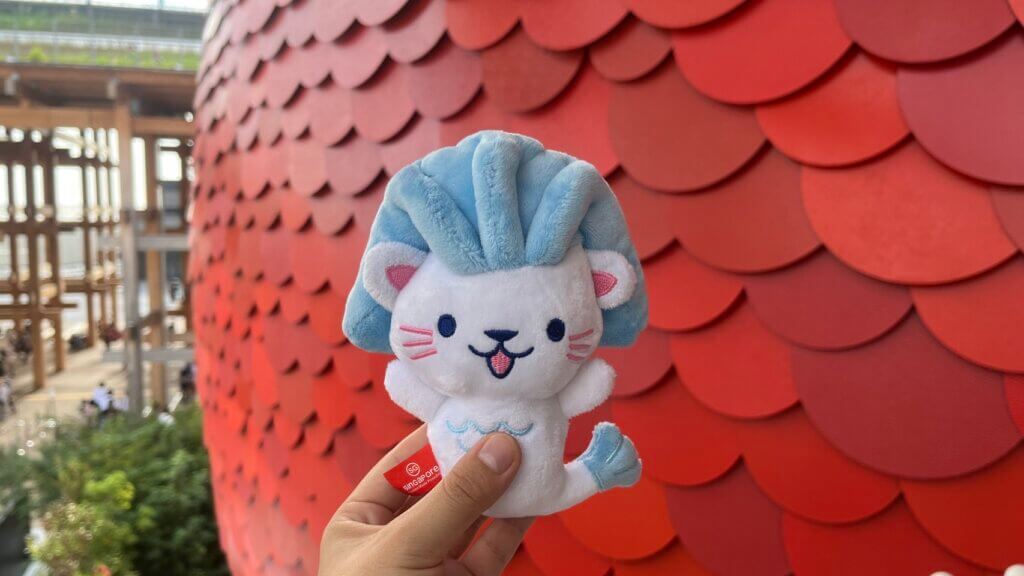
“Tourism 2040”: Tripling MICE receipts — how serious is this?
Your “Tourism 2040” roadmap sets a goal to triple tourism receipts from MICE by 2040. How serious are you about achieving this?
We’re fully committed. One reason is that MICE is a global business segment, and data shows per-capita spending is roughly twice that of leisure visitors. Currently, about 15% of visitors to Singapore come for MICE. We believe that share can grow further.
Growing the “15%”: what will you do?
What initiatives will help increase that 15%?
Partnerships are critical. At this event, representatives from Junior Chamber International (JCI) and JTB Corporation took the stage. Through partners like these, we aim to reach more companies and associations.
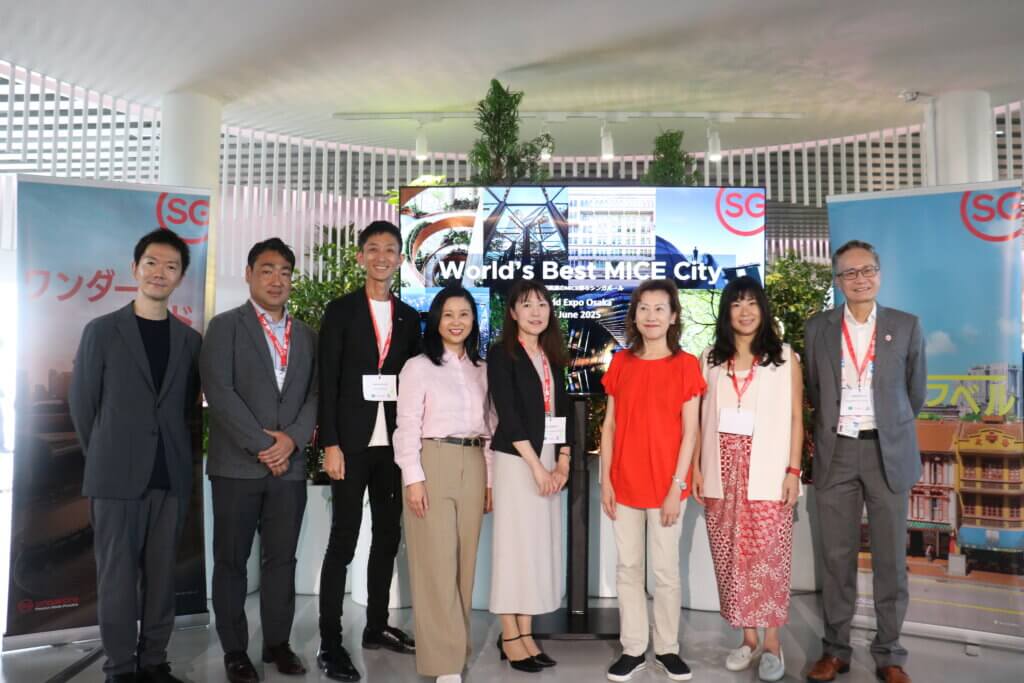
What challenges does Singapore face as a MICE destination?
There are many. We need to keep seeking opportunities within both new and existing relationships. With tightening manpower, we must raise productivity. And storytelling is crucial—we have to make a much stronger case for why Singapore should be the choice.
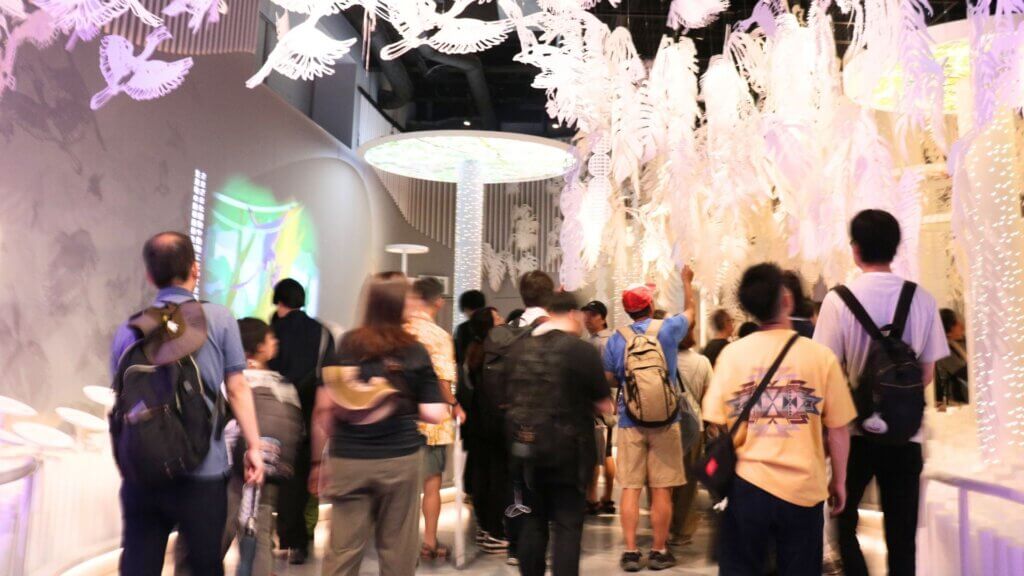
Addressing labor shortages: What is Singapore doing?
Japan is also facing a severe labor shortage. What initiatives are underway in Singapore?
We work closely with SACEOS, Singapore’s MICE industry association. The organization promotes the appeal of MICE through two main schemes aimed at students and current employees.
First, an Internship Scheme. Internships can be stereotyped as tedious, but we bring interns into strategic work so they feel the job is genuinely interesting.
Second, a Mentorship Program. Experienced professionals guide younger talent—we even discuss 20-year career horizons together.
Although we speak of a single “MICE industry,” its potential spans many sectors—from traditional Chinese medicine and food & beverage to transport, healthcare, finance, and advanced manufacturing.
SACEOS stands for the Singapore Association of Convention & Exhibition Organisers & Suppliers. Founded in 1979, it is Singapore’s MICE industry association, working in partnership with government agencies such as the Singapore Tourism Board (STB) and Enterprise Singapore (ESG), as well as industry stakeholders, universities, and regional and global industry bodies.
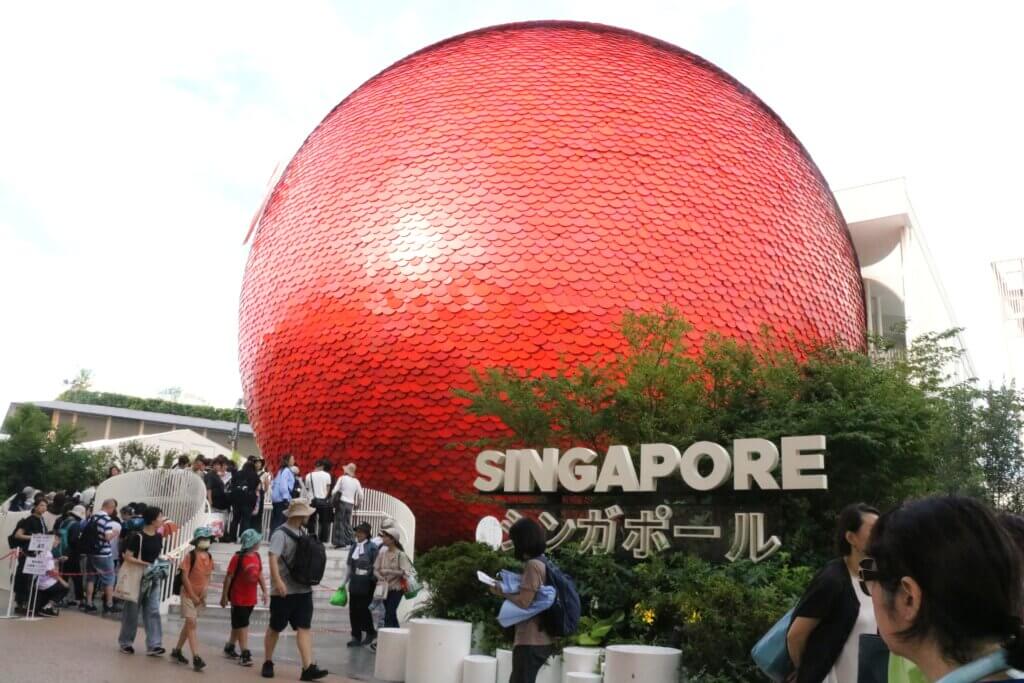
Encouraging more Japanese visitors to Singapore
At Expo 2025 Osaka, Kansai, what are you hoping to achieve?
It’s a wonderful Expo. Its value lies in bringing many countries together in one place—not only Singapore. Japan has over 100 million residents, and about 500,000 visited Singapore last year, but we hope to welcome many more. We want opportunities like this to give people in Japan a reason to visit and to get to know Singapore better.
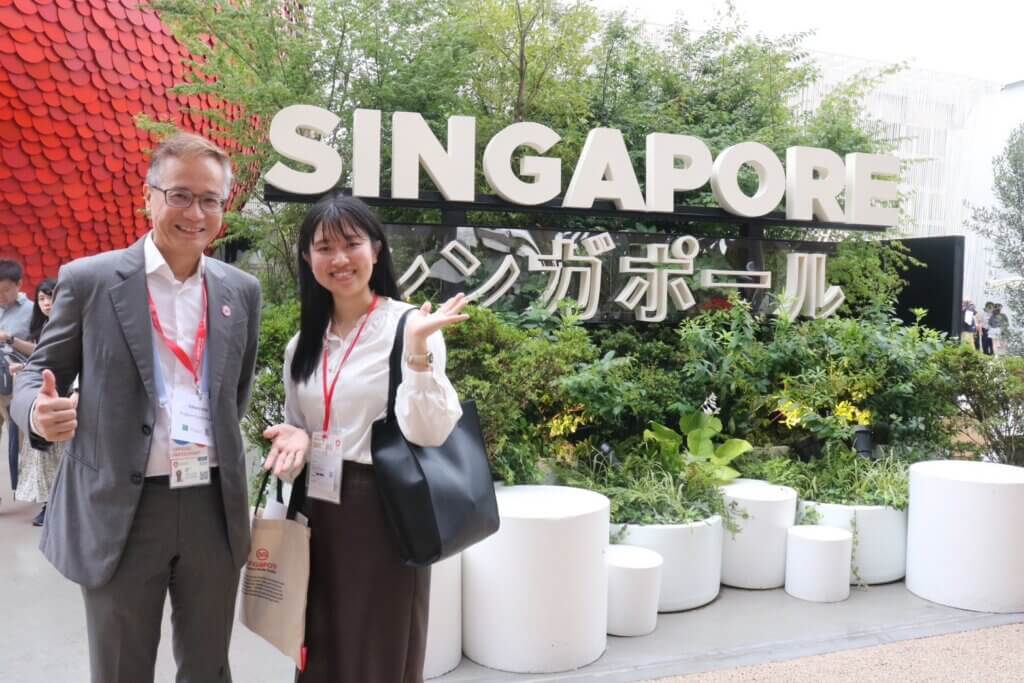
Editor’s Note: MICE should transcend borders through collaboration
Dr. Edward Koh spoke with a consistently warm expression and tone. When I mentioned that we’re working hard to reach younger audiences, he encouraged us to try the same in Singapore, adding that he believed an editor-in-chief could certainly make it a success.
I see MICE as an industry that connects to global work, brings people together, and helps build a better future. Our editorial team includes students, and we create opportunities to engage with the core of MICE—such as interviews with key figures—rather than limiting participation to behind-the-scenes tasks. Sharing how the younger generation sees MICE is part of our mission.
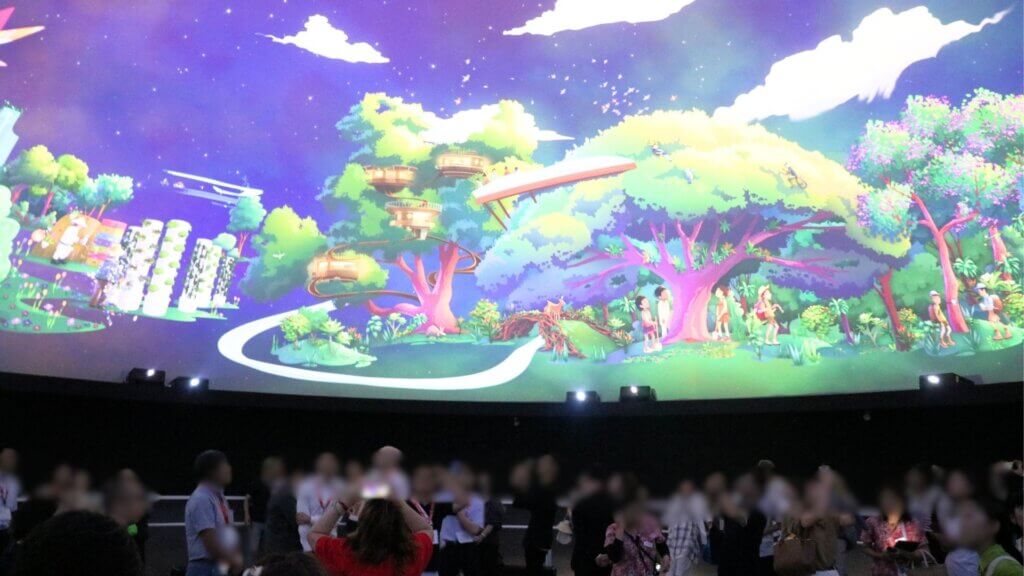
This interview also reinforced that we shouldn’t act as Japan or Singapore in isolation; we should approach MICE across the wider Asia–Pacific region. First, collaborate as a region on bids, then share opportunities and know-how. Since manpower constraints are common everywhere, solutions must be developed across the industry as a whole.
Singapore. I left determined to visit, see it with my own eyes, and report on its MICE landscape in greater depth.
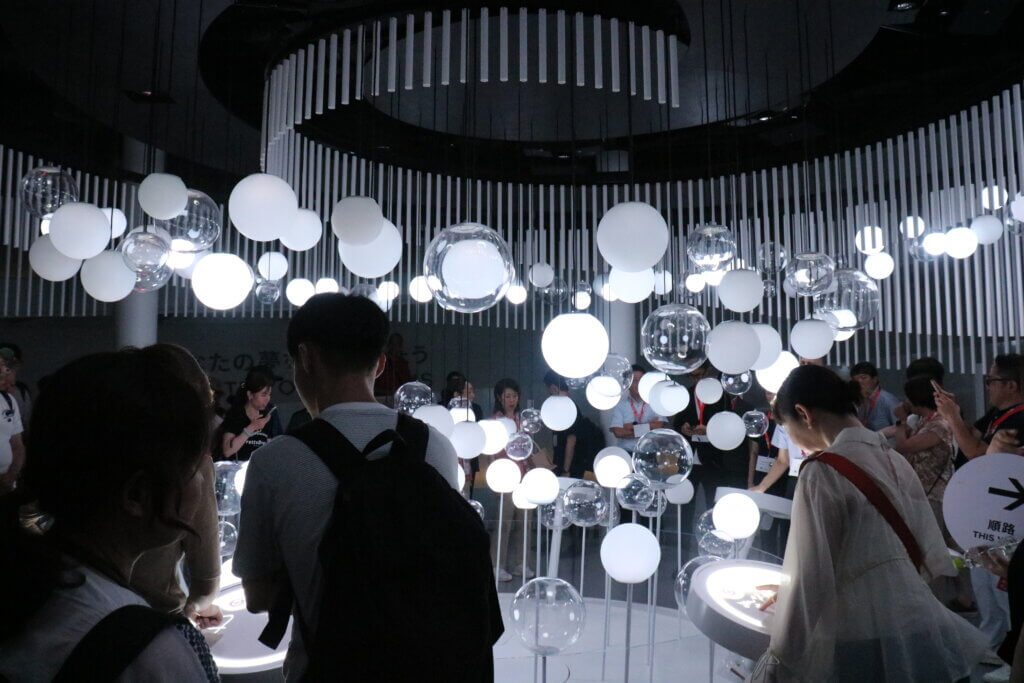
-
On-site Report: World Cosplay Summit 2025 Eve Festival — 41 Countries Walk the Red Carpet (50+ Photos)

-
One of the World’s Largest Game Exhibitions, “gamescom,” Opens August 20–24, 2025 in Cologne, Germany / The Event’s History and What’s Next — Plus Information on Japanese Exhibitors


